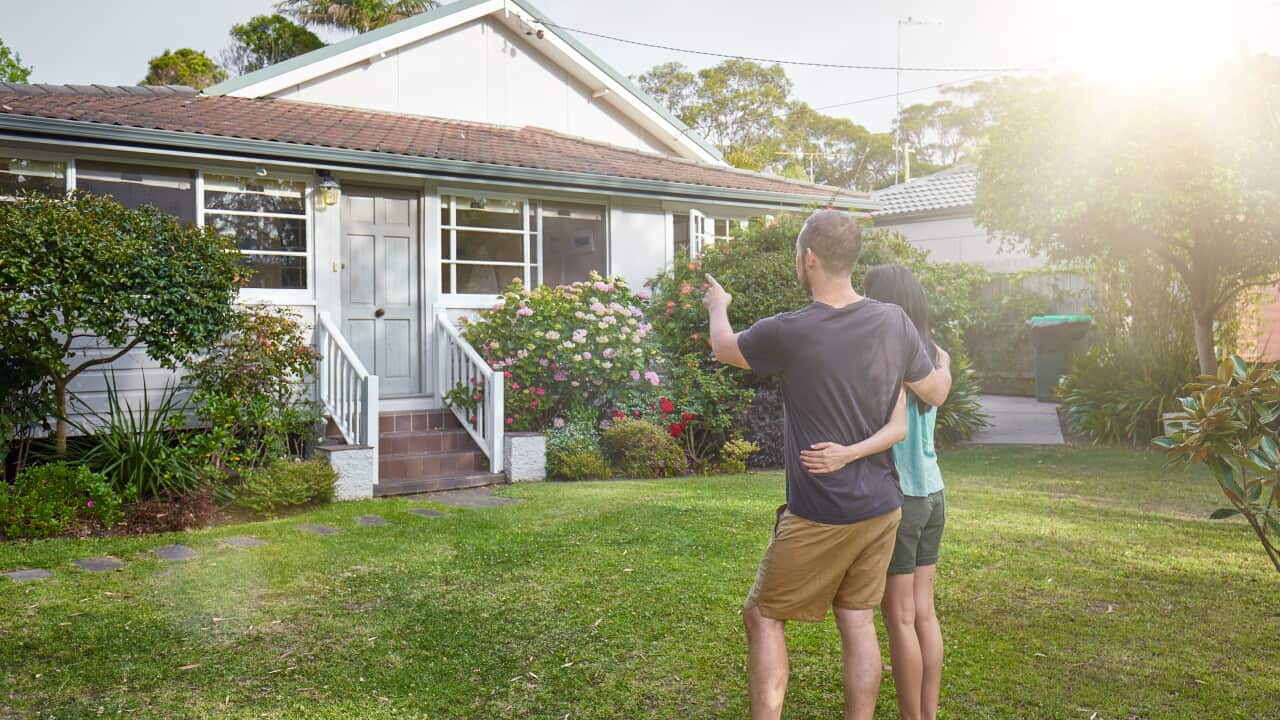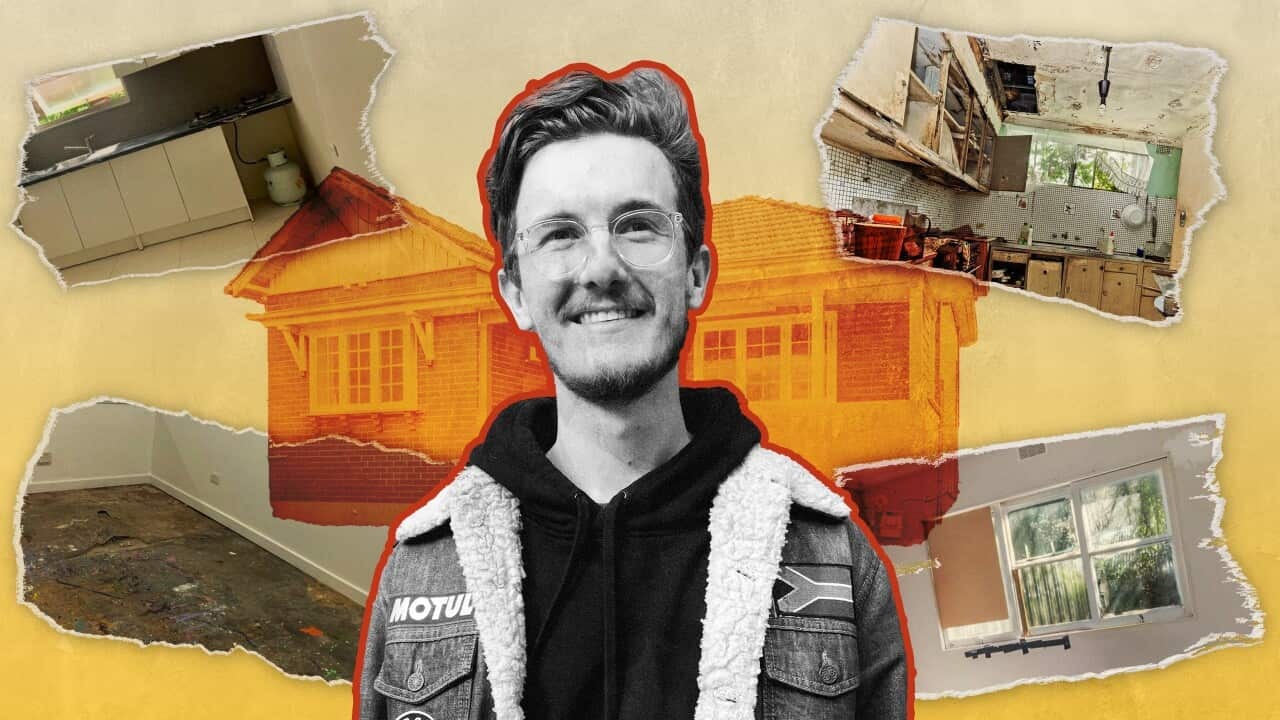Key Points
- Most properties are advertised on major rental sites.
- Agents and landlords require personal information from you so have your documentation ready before applying.
- Visit agents during the week to explain what you’re looking for, and always check their preferred application method.
- Use your community social media networks.
Searching for a rental property in this difficult market should be taken as seriously as a job interview.
That’s the advice of Greg Bader, CEO of rent.com.au, Australia's largest dedicated rental portal.
He says owners and rental agents ask for personal information such as proof of income and references, which can create barriers for people arriving from overseas.
“One of the most important things is rental history, so if you’re newly arrived in the country, you definitely won’t have that from a local sense.”
However, all is not lost, so take the time to understand all your options.
Online rental portals
Rental properties typically come unfurnished and require a minimum one-year lease, which is usually extended.
Major rental websites such as , and list properties with the weekly rent and inspection times.
When visiting a property, keep in mind that inspections typically last around 15 minutes and can be significantly more crowded on weekends compared to weekdays.

The number of available rental properties has almost halved compared to two years ago. Source: iStockphoto / mikulas1/Getty Images/iStockphoto
Applying for a property
Since there is no uniform legislation regulating Australia's 800,000 real estate agents, the application process can vary significantly.
Typically, however, to apply for a property online, you'll need the following:
- 100 points of photo ID such as passport or driver’s licence
- Proof of income
- Rental history and contact details of previous landlords
- Personal references.
Agents usually direct you to their online application tool to upload your information. They will review the documentation and select a tenant.
Since different agents use competing application tools, you may need to save your details onto several portals.
According to Greg Bader, the secret in this competitive market is to speak with the agent before applying.
The number one thing you need to do is when you inspect the property, ask the real estate agent their preferred way of applying – because the typical agent will get applications from multiple sources, ranging from email to phone to online. That way you can be assured that you’re at least on the list to be considered.Greg Bader, CEO, rent.com.au.

It is important to speak to the realestate agent directly before applying for a rental property. Credit: andresr/Getty Images
Alternatives to rental sites
If you don’t have evidence of rental history, there are other options.
In Melbourne, small business owner Nick faced this situation as had no rental history or payslips.
However, he proactively reached out to his local agent by emailing them a letter of introduction, explaining his situation of entering the rental market after 20 years of owning property.
“I proved to them I was viable by just giving them tax returns and making them understand that I needed to rent after a long period of time owning and convincing them that I was a worthwhile risk.”
Greg Bader strongly encourages prospective renters to contact agents in their preferred area on weekdays.
“During an inspection there’s really no time to introduce yourself and build a relationship,” he says. “Going in mid-week and taking that opportunity to explain what you’re looking for, a little bit about yourself, you’re excited, those things can really help.”

The number of available rental properties has almost halved compared to two years ago. Source: iStockphoto / chameleonseye/Getty Images/iStockphoto
Properties on social media
Some landlords choose to list their properties on social media sites, but it's important to be cautious of potential scams.
Never commit to a property over the phone or send money without personally viewing the property and verifying that you are dealing with the legitimate owner or authorised agent
Your social media networks, on the other hand, can be a great way to connect with people who have been in similar situations as yours.
“Whether they be communities of people from same country of origin, same religion, same sporting club – tap into those communities and they’ll have contacts,” says Mr Bader.
A lot of real estate agents in specific suburbs actually cater for newly arrived people.Greg Bader, CEO, rent.com.au
One such agent is Bijan Rahimi, Head of Rentals with Love & Co in Melbourne’s north. Working closely with his local Farsi-speaking community he has bridged language and cultural barriers to help people find housing through word-of-mouth and social media posts.
Community outreach services such as also connect Mr Rahimi with new arrivals looking for housing.
“It helps when you know their background and can speak the language,” he says.
“Putting them into a property, explaining how things are done here, what their obligations are and making sure they’re looked after, it just makes the whole tenancy so smooth.”
Rental resources such as provide all you need to know about renting, including application tips and expectations such as paying bond once you secure a property.







